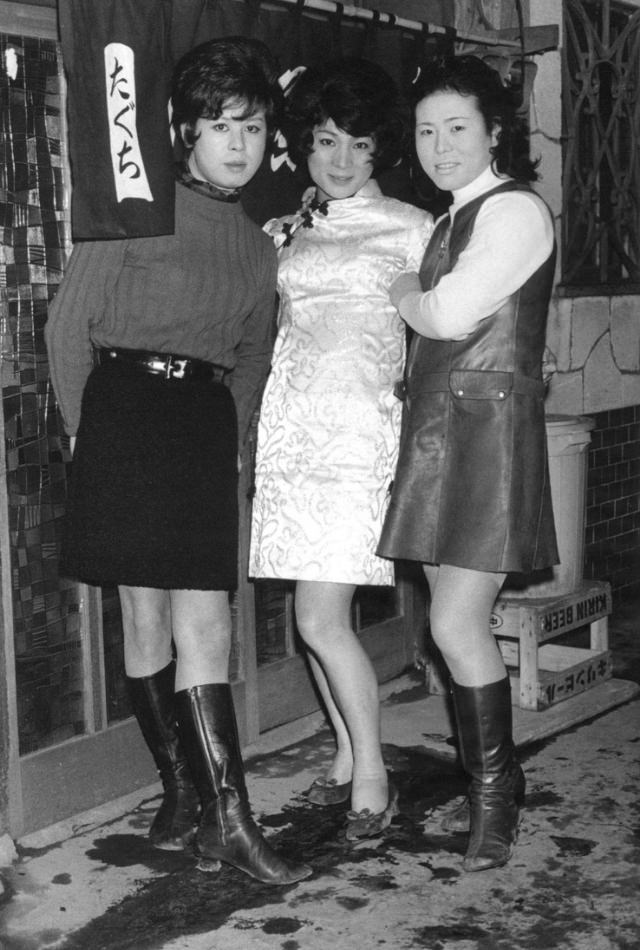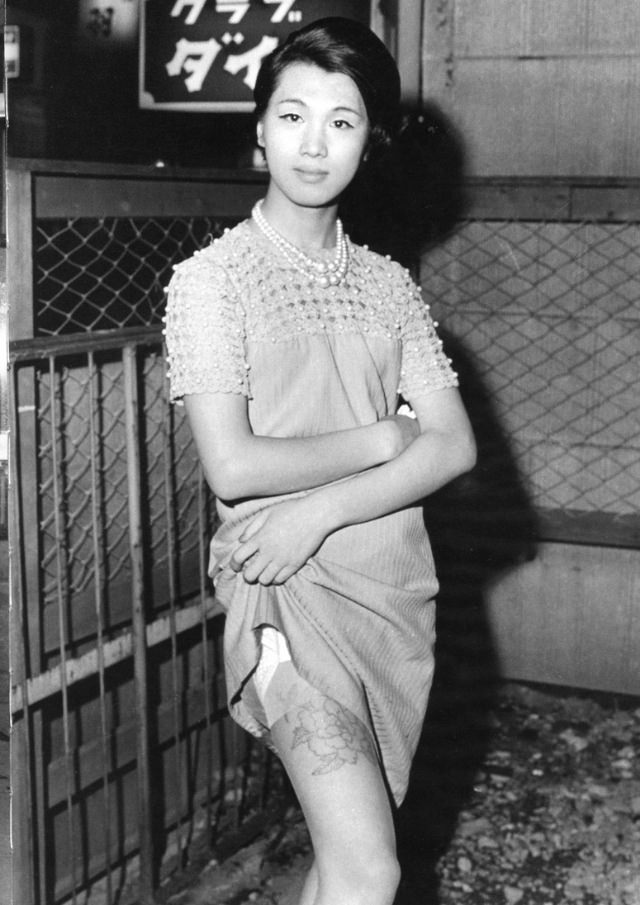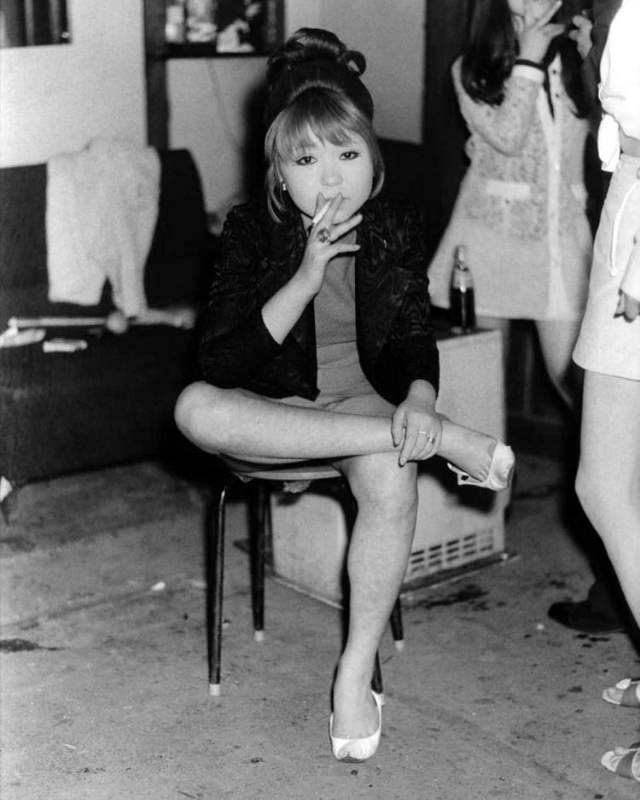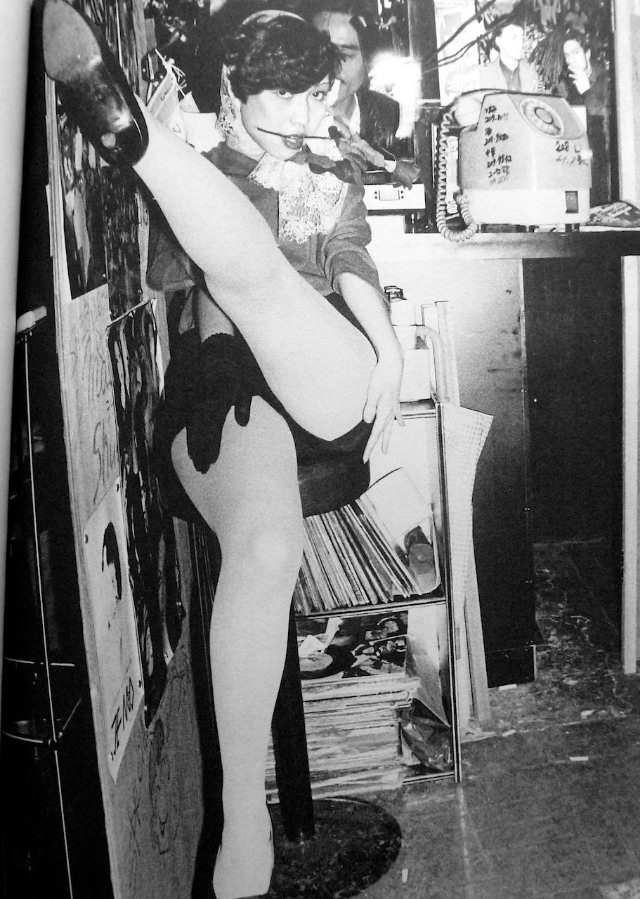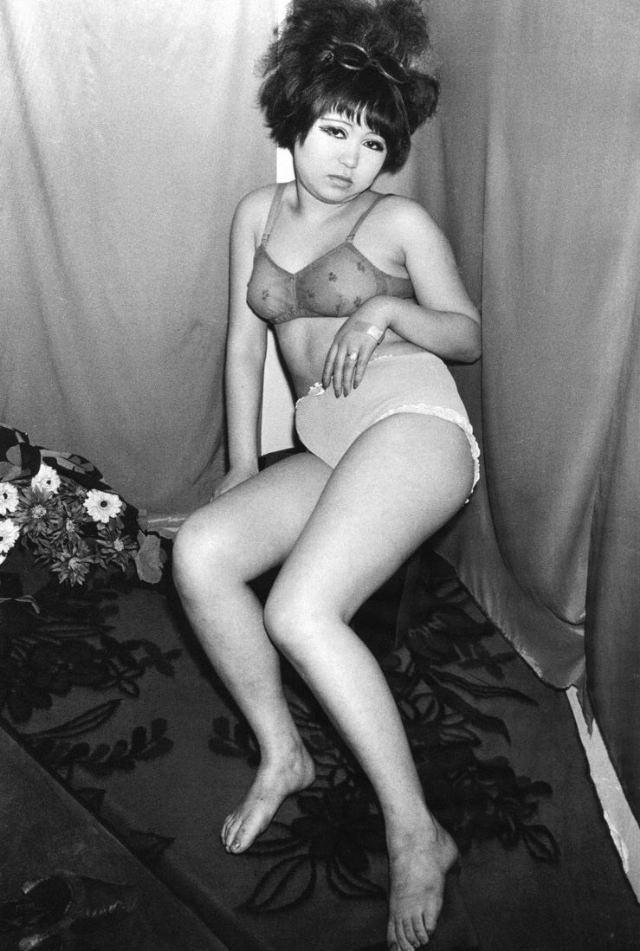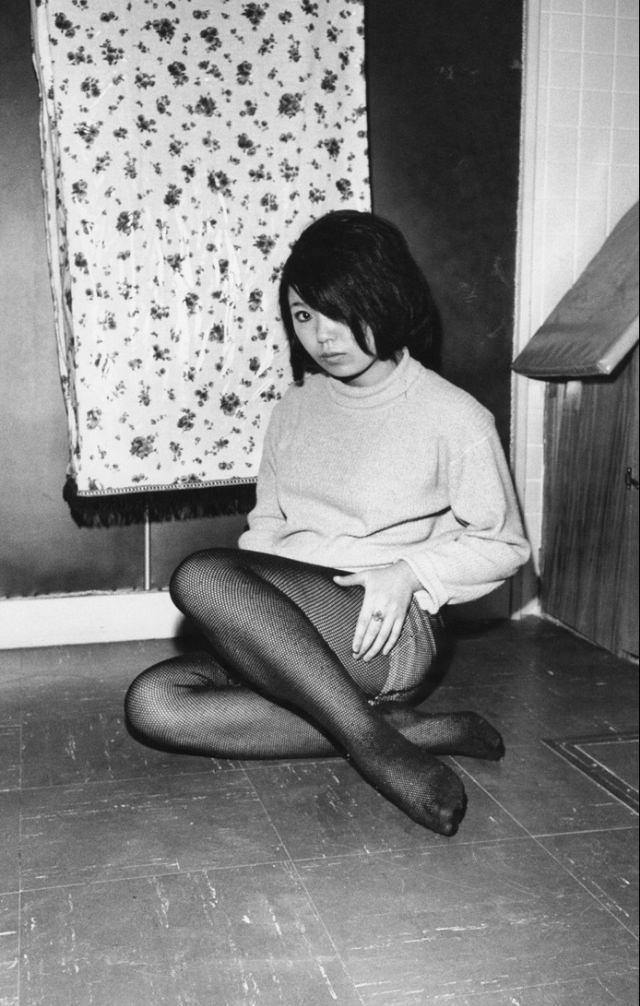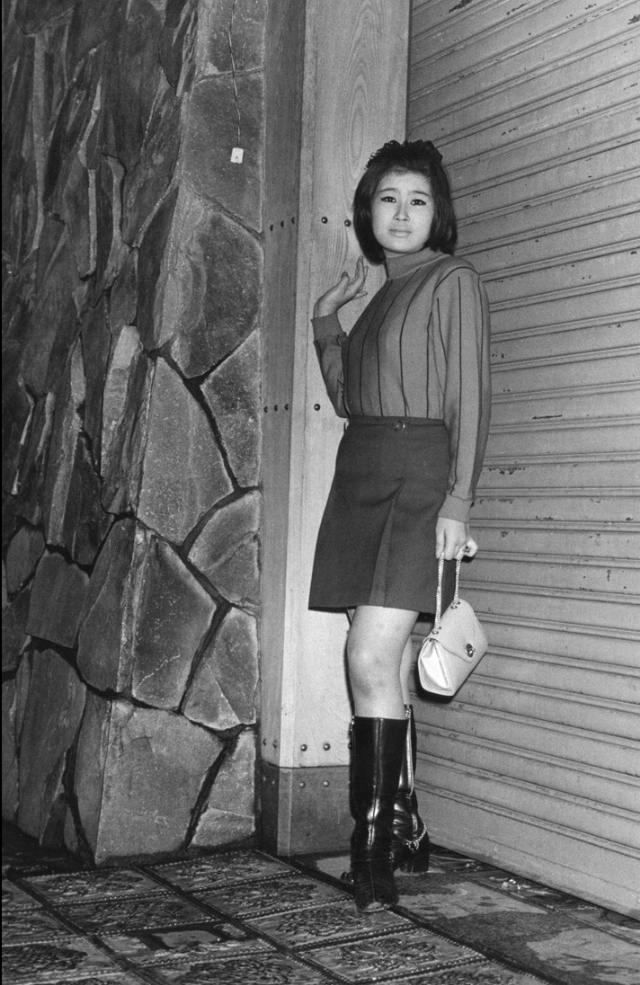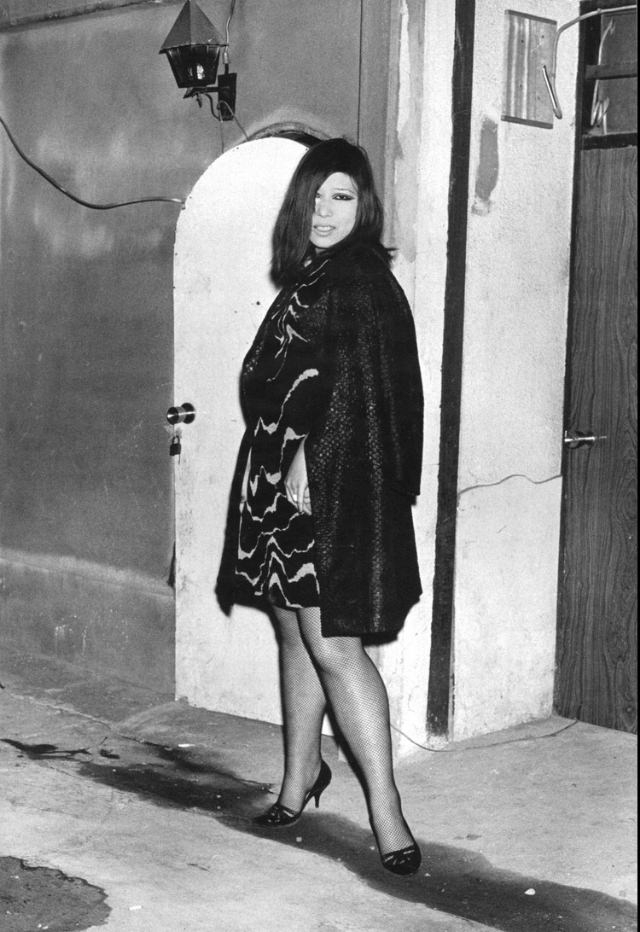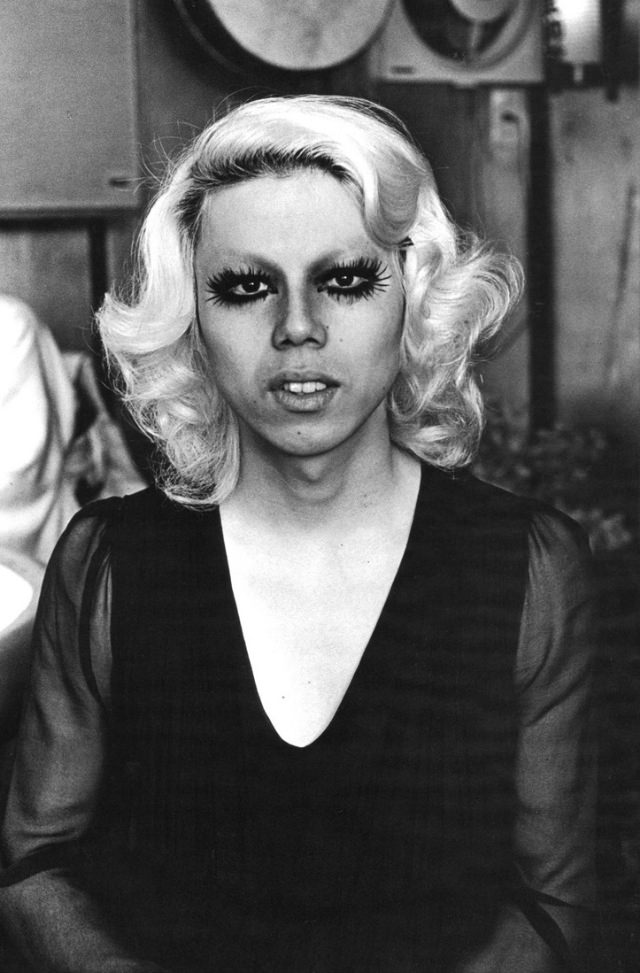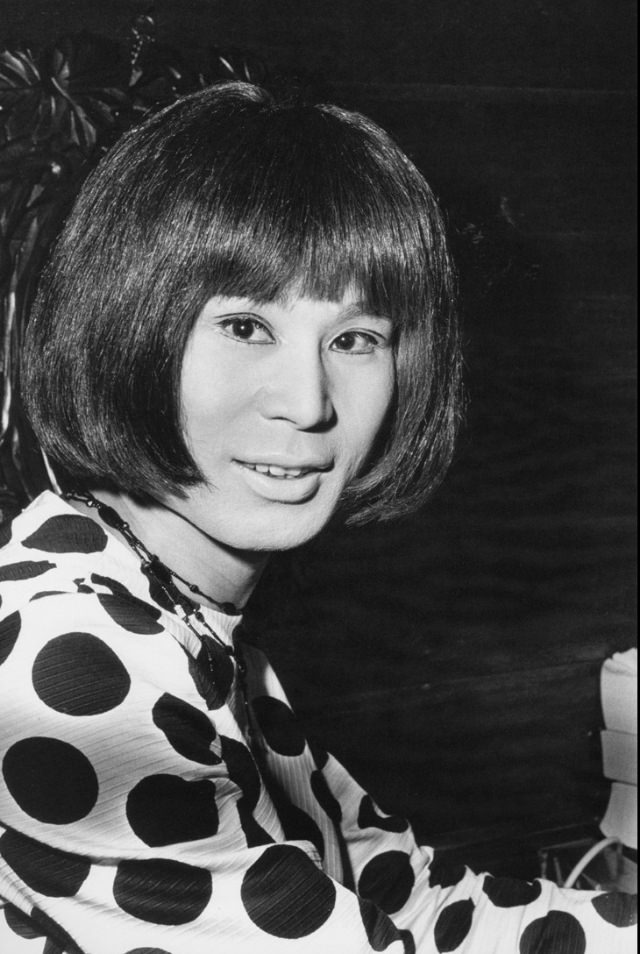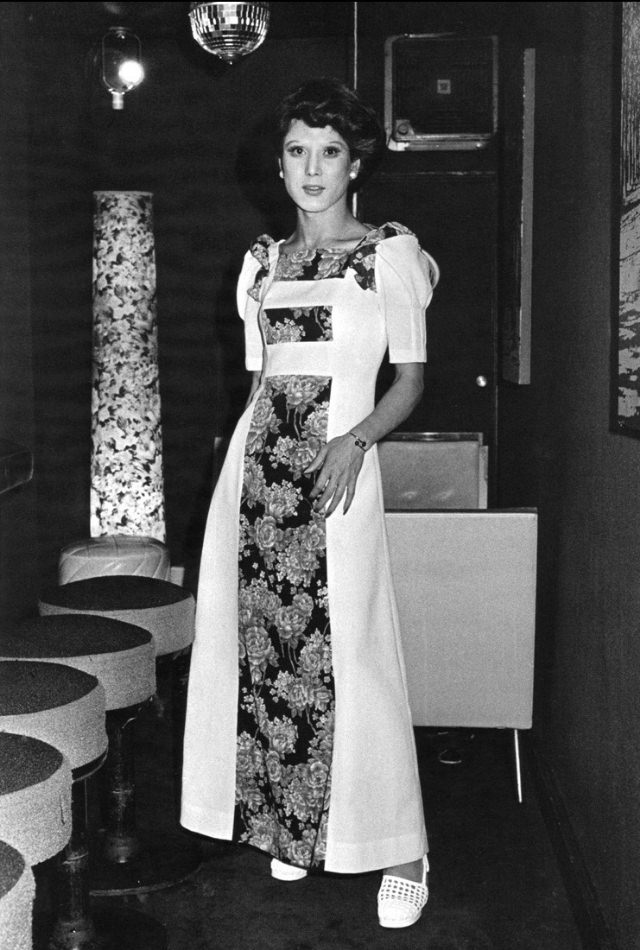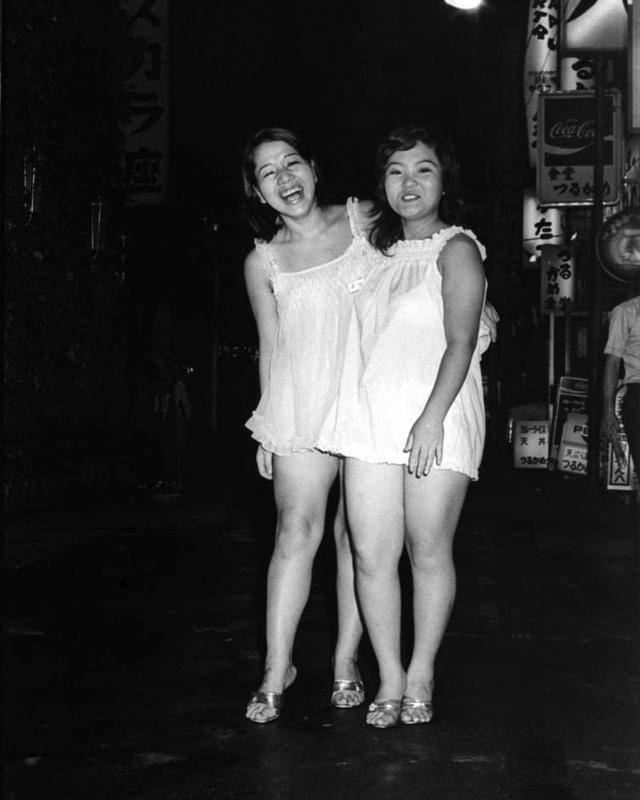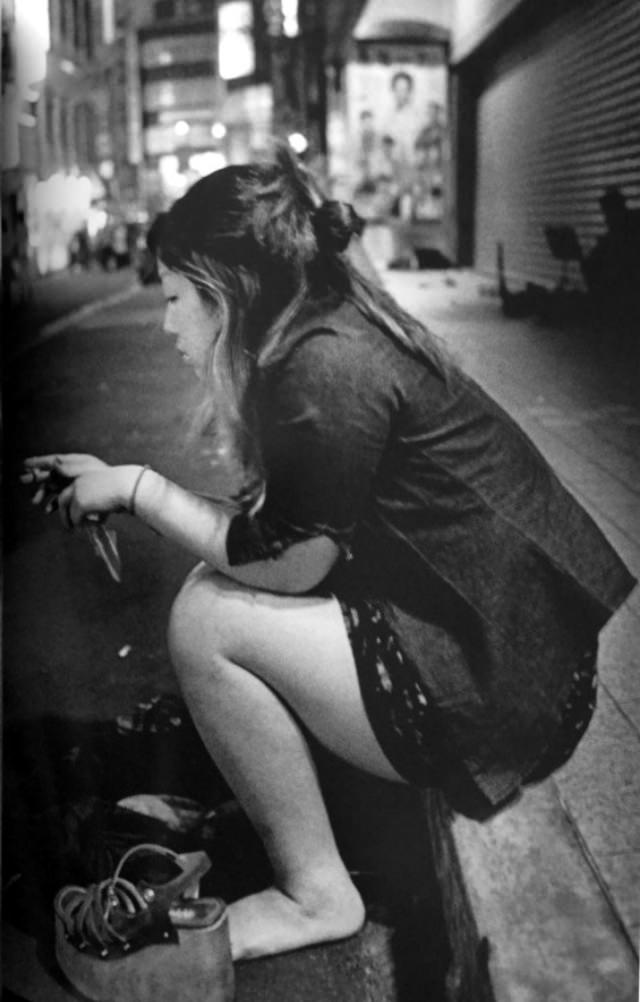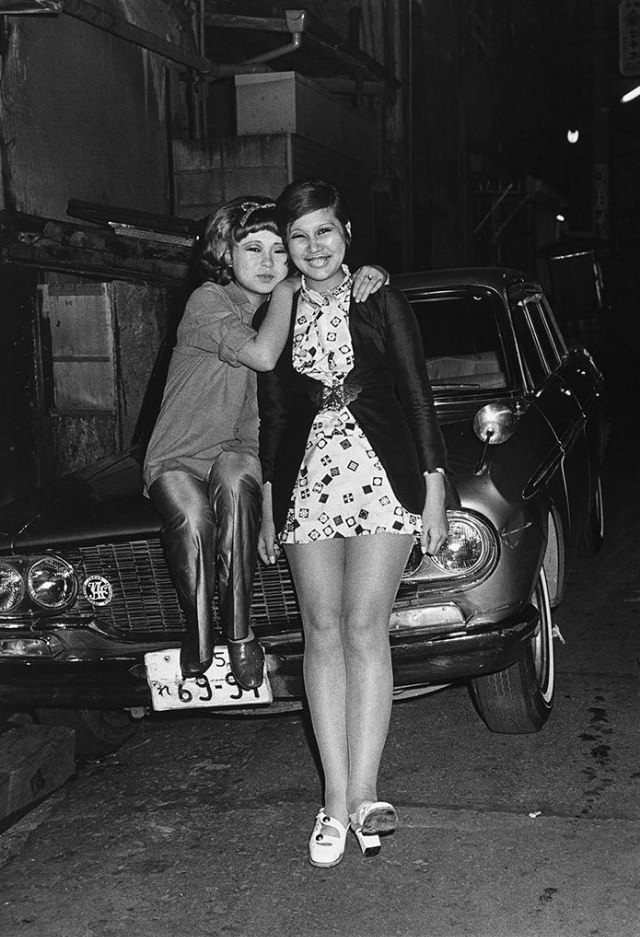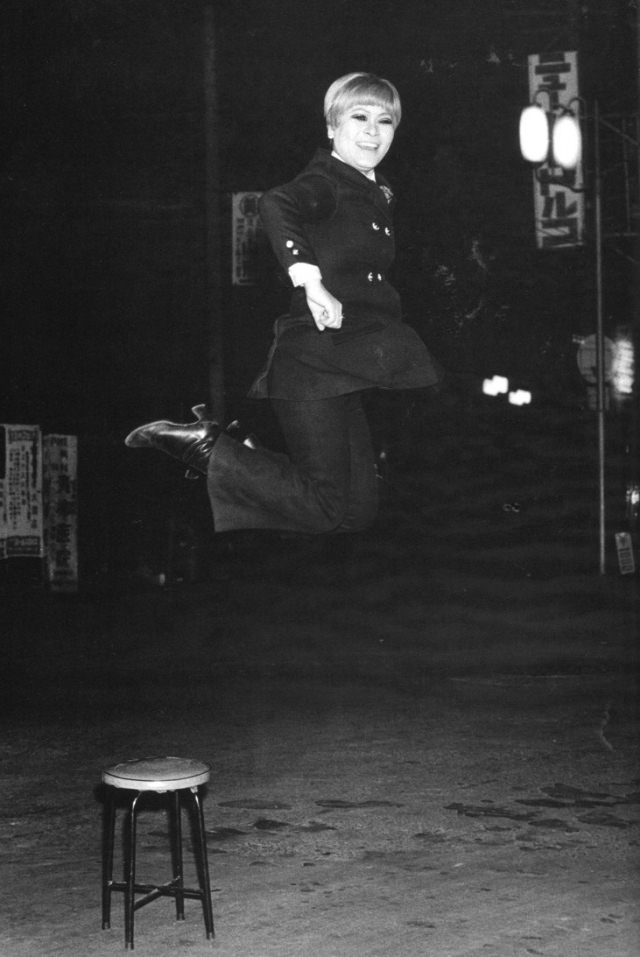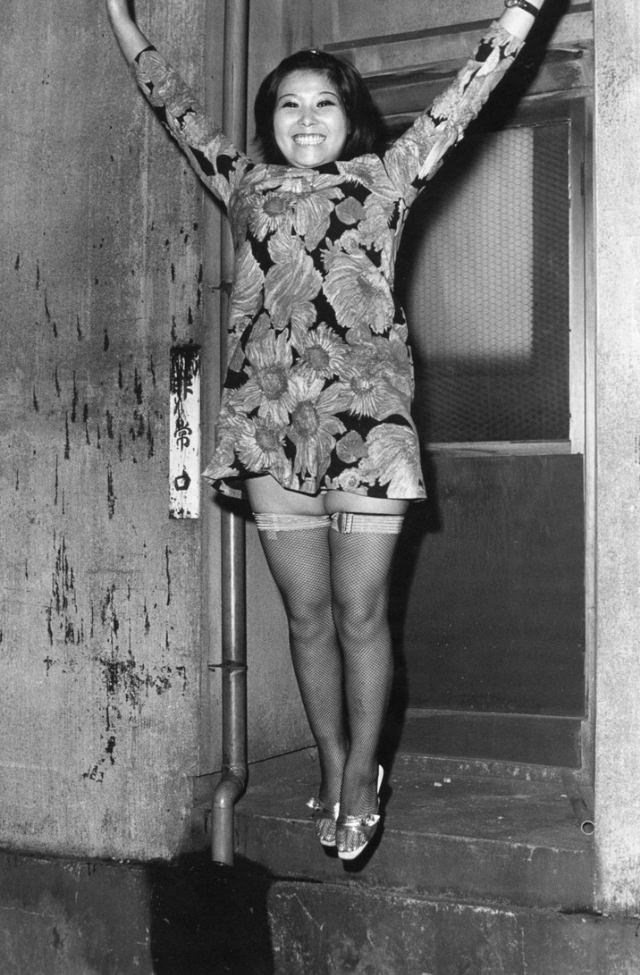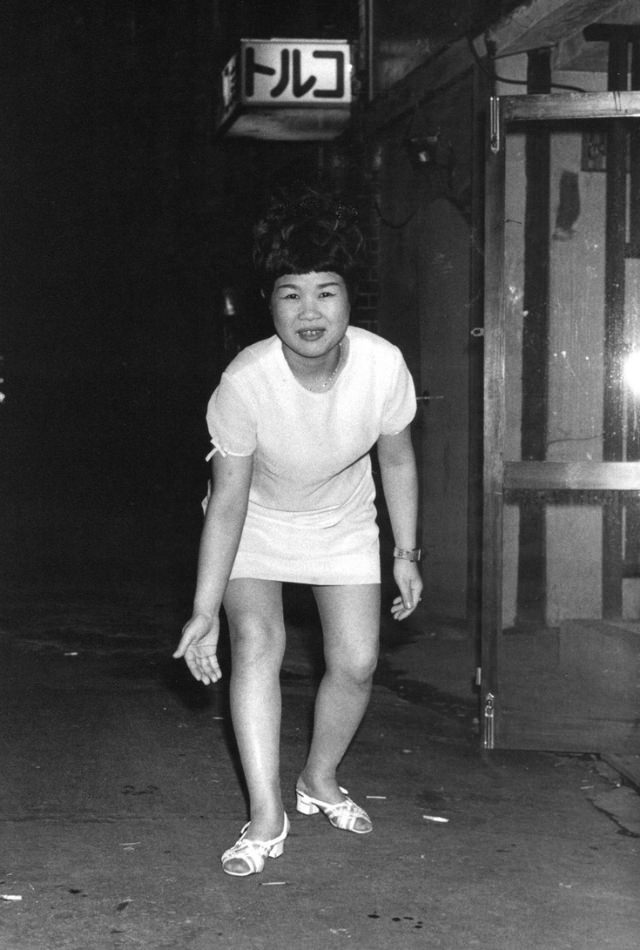Kabukicho, located in Shinjuku, Tokyo, is one of the most famous red-light districts in Japan. In the 1960s and 1970s, it was a bustling area filled with a mix of nightlife and eccentric characters. Among the diverse crowd, young Japanese women played significant roles, often working as sex workers, dancers, and hostesses.
Kabukicho was known for its vibrant and sometimes dangerous nightlife. It was a place where people from all walks of life intersected. The district was rebuilt after World War II, transforming from ruins into a thriving hub of entertainment. This redevelopment was fueled by foreign investment, leading to the establishment of cabarets, Chinese restaurants, love hotels, theaters, and discos. It became a hotspot for both locals and tourists seeking excitement.
Katsumi Watanabe’s Photographs
Katsumi Watanabe, an iconic Japanese photographer, captured the essence of Kabukicho during this era. Born in 1941, Watanabe took hundreds of black-and-white portraits between 1966 and 1980. His work documented the lives of sex workers, dancers, drag queens, and yakuza members who frequented the area. Using a strobe flash, his images were stark and honest, showing the raw reality of life in Kabukicho.
Life for Young Women
For many young women, Kabukicho offered both opportunity and risk. Economic hardship and limited job prospects drove some women to the district. They worked in various roles, from bar hostesses to dancers and sex workers. Despite the challenges, some found a sense of community and support among their peers.
Dancers and hostesses were a prominent part of Kabukicho’s nightlife. They entertained customers in cabarets and nightclubs, often forming close-knit groups. These women had to be charming and skilled in conversation, creating an alluring atmosphere for patrons. While their work could be lucrative, it was also demanding, with long hours and the constant pressure to attract and please customers.
Sex workers in Kabukicho faced a harsh reality. Many young women entered the industry out of necessity, seeking to escape poverty or support their families. The work was dangerous, with risks of exploitation and violence. Despite these dangers, sex workers formed bonds and looked out for one another. Watanabe’s photographs provide a glimpse into their lives, showing their strength and resilience.


